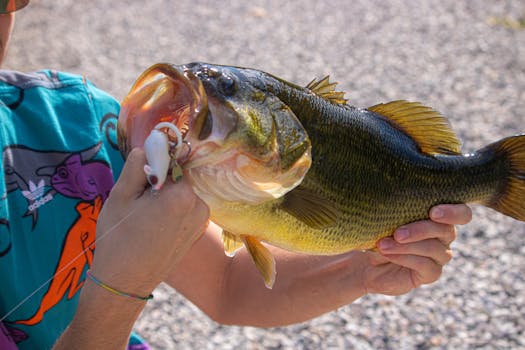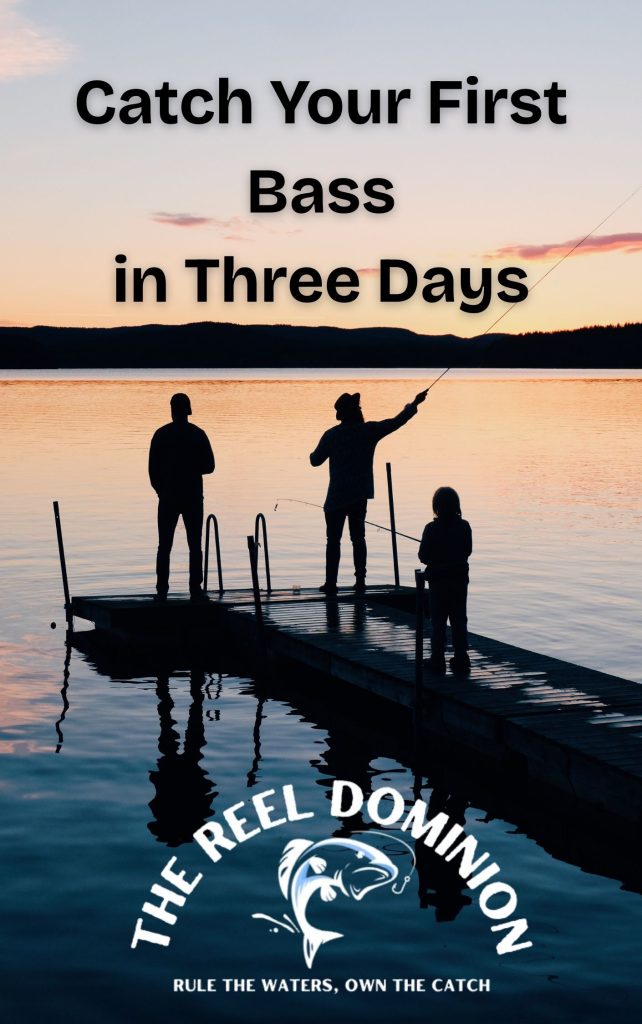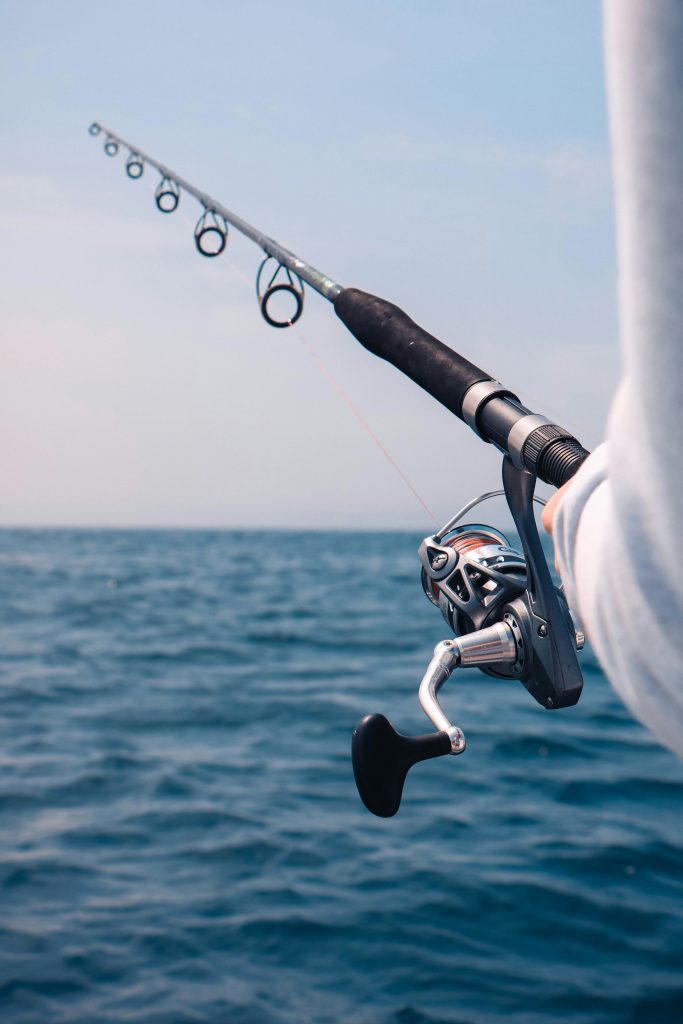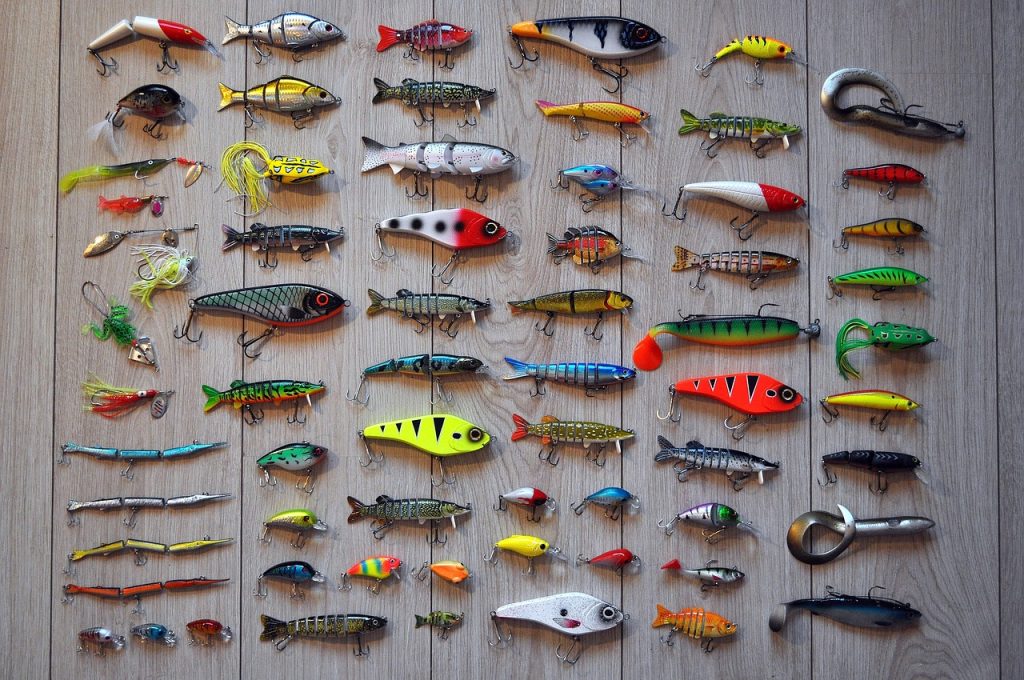
Spring Bass Fishing
Disclosure: This post contains affiliate links. If you buy something through these links, I may earn a small commission at no extra cost to you. Learn more here.
Table of Contents
There’s a certain buzz in the air as winter finally loosens its grip. For many of us, especially those up north, it’s been months of cabin fever, gear organization, and daydreaming about screaming drags, bent rods, and spring bass fishing. The moment that ice melts and the water opens up? It’s game on.
Spring bass fishing is one of the most exciting times to be on the water. The bass are hungry, aggressive, and on the move. It’s prime time to land a personal best if you know where to look and what to throw. Whether you’re chasing smallmouth or largemouth, this guide will walk you through the patterns, behaviors, and gear that work—from ice-out to the start of summer.
If you’re just starting out, check out our step-by-step beginner’s guide.
Spring Bass Fishing Behavior: What You Need to Know
Cold Starts & Pre-Spawn Movement
As the lakes begin to thaw, you’re dealing with cold water—really cold. In some spots, you might be launching your boat while there’s still ice clinging to the banks. That chilly start demands a tactical approach. Smallmouth typically cling to deeper, rocky structure where they wintered, while largemouth might linger around the last remaining weedbeds or hard-bottom zones that hold bait.
On sunny days, focus on the shallows—especially areas with rocks, wood, or dark bottoms. These spots warm up fastest, and bass will slide up to soak in the heat. The afternoon bite can be electric once those hard structures radiate warmth.
When water temps creep into the 40s, both species become more active. Bass start cruising flats in search of easy meals, but they’re still sluggish. This is where slower, suspended presentations shine. You want to keep your bait in their strike zone longer—let them think about it and strike out of instinct.
Mid-Spring Mayhem
By the time water temps hit the 50s (usually mid to late April, depending on your region), bass put feeding into high gear. They’re prepping for the spawn and actively hunting. This is hands-down one of the best times of year to fish—bass are aggressive and willing to hit a variety of baits. If you’re hoping to break your PB, this is your window.
The Spawn: Tread Lightly
Bass spawn in stages, and depending on moon phases and weather, you’ll often find pre-spawn, spawning, and post-spawn fish all at once.
Smallmouth typically start spawning around 55°F, while largemouth wait until the low 60s. They look for shallow areas with firm bottoms—gravel, sand, or mixed hard cover. You’ll often see their beds as pale circles against a darker bottom. Male bass fan out the nests, and females visit briefly to lay eggs before heading out. Some females will spread their eggs across multiple nests.
Spawning fish are highly vulnerable. Catch-and-release is essential here—especially if you’re targeting bass off beds. Try to land them quickly and return them to their nests to minimize stress and protect future generations.
Post-Spawn Patterns: When Things Get Tricky
Once bass finish spawning, you’ll encounter what many call the “post-spawn funk.” They’re tired, scattered, and often tricky to locate. Males stick close to fry, guiding them into cover like vegetation or shallow brush. These fish will defend fry and still hit baits, especially those that mimic small predators.
Females often recover under shade—think docks, deeper grass edges, or isolated structure just off spawning grounds. This is a great time to slow things down and pick apart shady ambush points. You may not catch big numbers, but the quality can be impressive.
Spring success starts with the right gear—check out our rod guide.

Ready to catch more bass? This comprehensive eBook breaks down everything you need to know about choosing the right lure, understanding bass behavior, and matching technique to conditions. Whether you’re a beginner or a seasoned angler, you’ll find practical, research-backed insights and product links to gear that works.
Spring’s Top Techniques & Baits
Suspending Jerkbaits: The Ultimate Cold-Water Tool
Few baits are as deadly in cold water as a suspending jerkbait. The ability to pause mid-column and hover in a bass’s face makes it irresistible. Work it slow, with long pauses between twitches.
One of the most consistent producers? The Megabass Vision 110. With its sharp, darting action and perfect neutral buoyancy, it’s tailor-made for early spring strikes. Colors like GP Pro Blue, Elegy Bone, and Northern Secret offer just enough flash and contrast for chilly, stained water.
Pro tip: Jerkbaits shine when water is around 45°F. At colder or warmer temps, you may notice they suspend differently, so test them near the boat before committing.
Chatterbaits: Cover Water, Trigger Strikes
Once the water breaks into the 50s, it’s chatterbait time. These vibrating bladed jigs are perfect for covering water and finding feeding fish. Drag them through shallow grass, bounce them around wood, or tick the tops of rocks. The erratic action screams injured prey.
The go-to? The Z-Man Jack Hammer. When paired with a Yamamoto Zako trailer, the movement is downright dangerous. It’s a killer for both smallies and largies, and especially effective in shallow springtime haunts.
Guide tip: Use darker or perch-imitating colors when bass are feeding heavily on early-season forage like bluegill or juvenile perch.
Don’t Forget the Dock Game
As spring transitions to summer, docks become magnets. Whether floating or fixed, docks offer shade, cover, and access to deeper water. Pitch jigs or weightless soft plastics into the shadows. Skip baits under overhangs where lazy post-spawn females often lounge.
Weed Edges & Rock Lines
Both are prime real estate post-spawn. Inside weed edges, especially those with a mix of vegetation types, are ambush heaven. Rock lines that lead from spawning flats to deeper water also make for perfect travel corridors.
We dive deeper into spring lure selection in our ultimate lure guide.
Final Thoughts
Spring bass fishing is a rollercoaster—from freezing mornings to red-hot bites. The key is adapting to the changing moods of the fish and understanding the transition from winter to pre-spawn, to spawn, to post-spawn. Keep your presentations slow early, get more aggressive as water warms, and always let the conditions guide your choices.
Most importantly, enjoy it. Spring doesn’t last forever—and neither do those magical windows when everything seems to go right. If you hit it just right, this could be your season for a lifetime catch.


